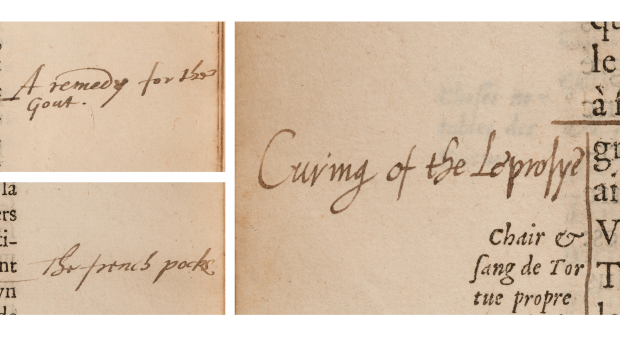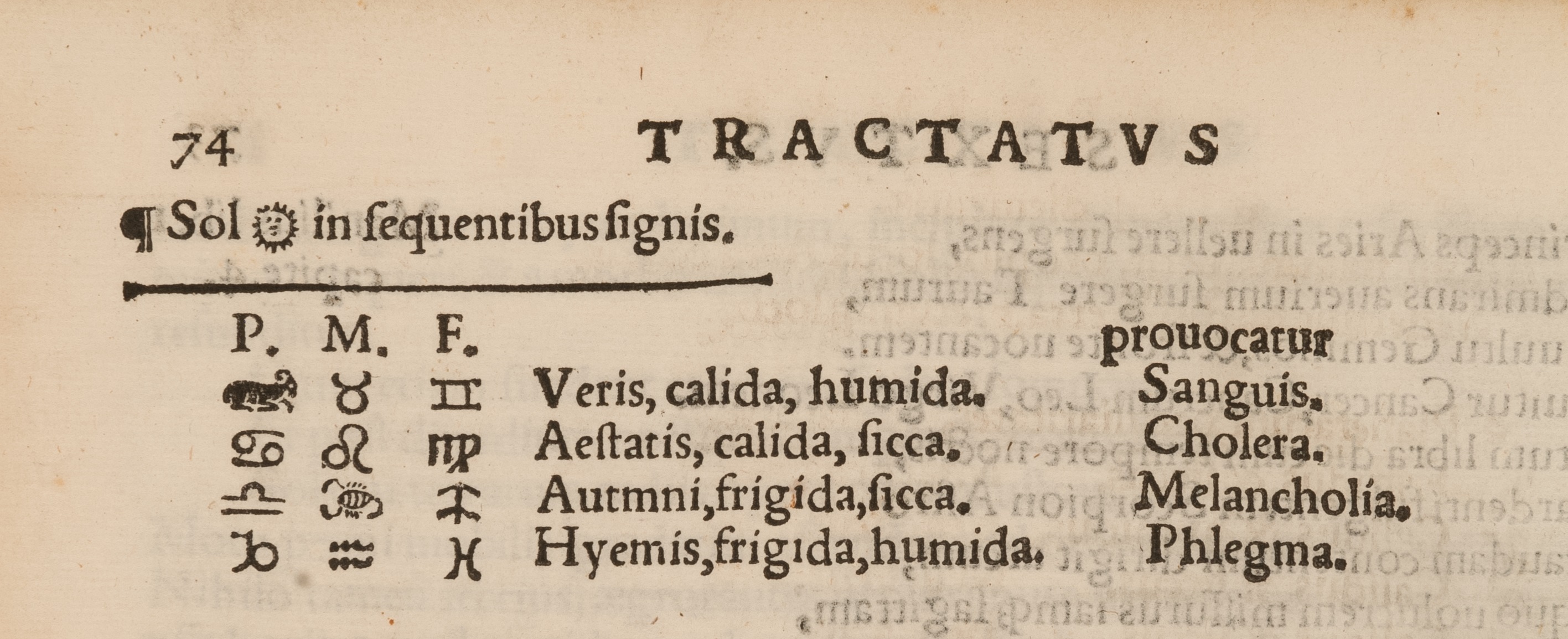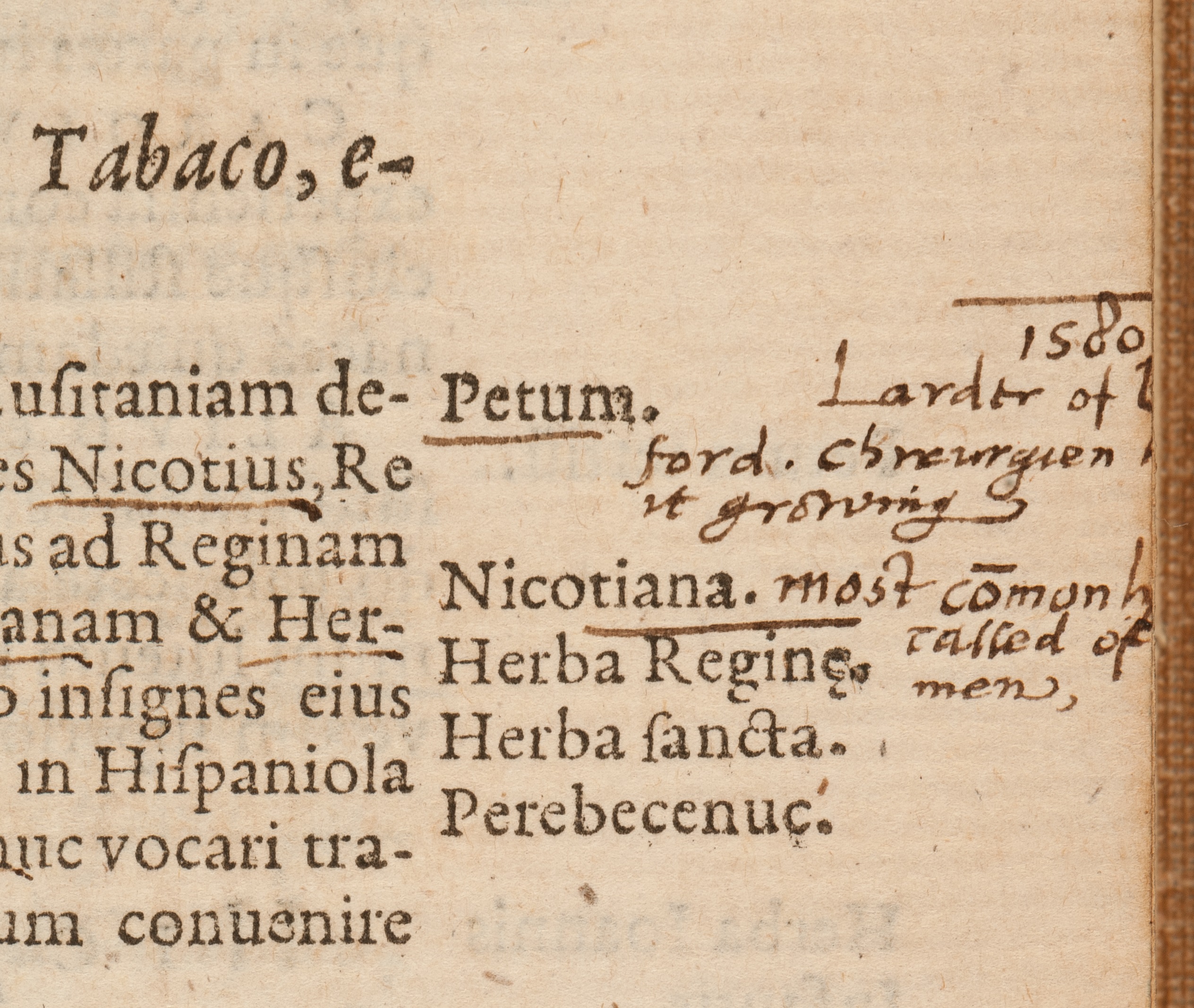John Dee (1527–1609) was a true Renaissance polymath. He pursued many different branches of learning, including medicine. The current RCP exhibition, ‘Scholar, courtier, magician: the lost library of John Dee’, explores Dee’s life and legacy through books that Dee once owned and annotated.
The subject of medicine fascinated John Dee but he was not a qualified or registered physician. He received an honorary doctorate of medicine from the University of Prague in 1584 or 1585, but he did not study medicine there, or anywhere else.
He was, however, commonly known as ‘Doctor Dee’. Elias Ashmole described him as an ‘excellent’ physician. Ashmole’s full quotation suggests that the accolade ‘doctor’ was given as much for Dee’s other academic work – especially the preface he wrote to Euclid’s Elements of geometry – as for his medical expertise.
that excellent Physitian, Doctor John Dee (whose fame survives by his many learned and precious Works, but chiefly celebrated amongst us, for his incomparable Mathematical Preface to Euclids Elements)
Dee made notes on diseases and treatments in many other non-medical books, including André Thevet’s global geography and history La cosmographie universelle. His annotations in this French book, which reported some of the newest findings of the age of exploration, show his interest in ‘French pocks’ (syphilis), leprosy, and gout.

Other books in Dee’s library concerned the inter-relatedness of the subjects of medicine and astrology. The table illustration shown, links the different signs of the zodiac with the four humours of the body: yellow bile, black bile, phlegm and blood.

Dee read books about botany and the medicinal values of plants. One surviving annotation records that tobacco was being grown in England by a surgeon, Mr Larder. It accompanies a description of the plant’s supposed purgative and curative properties.

Dee’s diaries record his own and his family’s health, and the treatments he administered. For example, on 11 March 1577 he recorded that ‘My fall upon my right knuckle bone ... With oil of Hypericon, in 24 hours eased above all hope’. Hypericon was probably Hypericum perforatum, also known as St John’s wort.
According to his diaries, Dee attended patients and was familiar with various afflictions and symptoms. His entry for 18 January 1588 gives a detailed account of his medical assistance during a miscarriage.
Mistress Lydda ... had an aborsement of a girl of five or six months. She was merry and well till the night before. I helped to further the dead birth within one hour after I had caused her to have myrrh given unto her in wine warmed, the quarter of a bowl, beaten small. She was discharged of the secundine, and all at once. The woman was sufficiently strong after.
Dee’s medical advice was sought not only by friends and neighbours, but even by Elizabeth I. According to his own report, in 1578 Dee conferred with the royal physician, Walter Bayley (1529–1592), ‘about her Majesties grievous pangs and paines by reason of toothake and the rheume’. In the autumn of that year Dee undertook a ‘dangerous’ journey across Germany, travelling as far as the city of Frankfurt-an-der-Oder where he consulted the physician Leonhard Thurneisser (1530?–1596) to seek medical advice for the queen. Francis Walsingham, principal secretary and spymaster to the queen, and Robert Dudley, earl of Leicester and the queen’s close friend sent Dee on this journey.
My very painfull and dangerous winter journey … was undertaken and performed to consult with the learned physitians and philosophers beyond the seas for her Majesties health-recovering and preserving.
Dee’s eldest son Arthur (1579–1651) continued the family tradition of giving royal medical advice. Arthur trained as a physician, although he was not licensed by the RCP. Arthur’s friends included eminent RCP fellows Thomas Browne and Theodore de Mayerne, and he became physician to Queen Anne (wife of James I), to the Russian Tsar Michael Romanov, and to the English king Charles I.
Katie Birkwood, rare books and special collections librarian
‘Scholar, courtier, magician: the lost library of John Dee’ runs until Thursday 28 July 2016.
Read more about our collections on our blog, and follow @RCPmuseum on Twitter.
